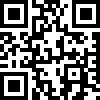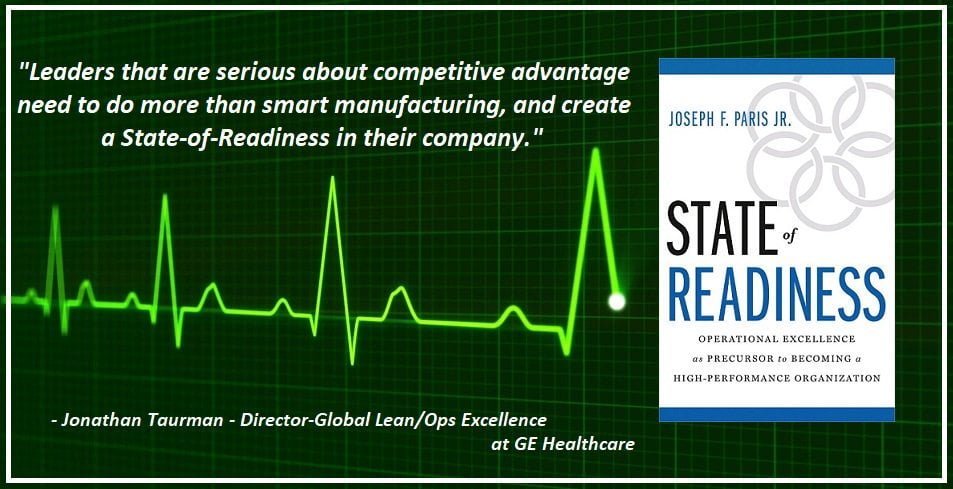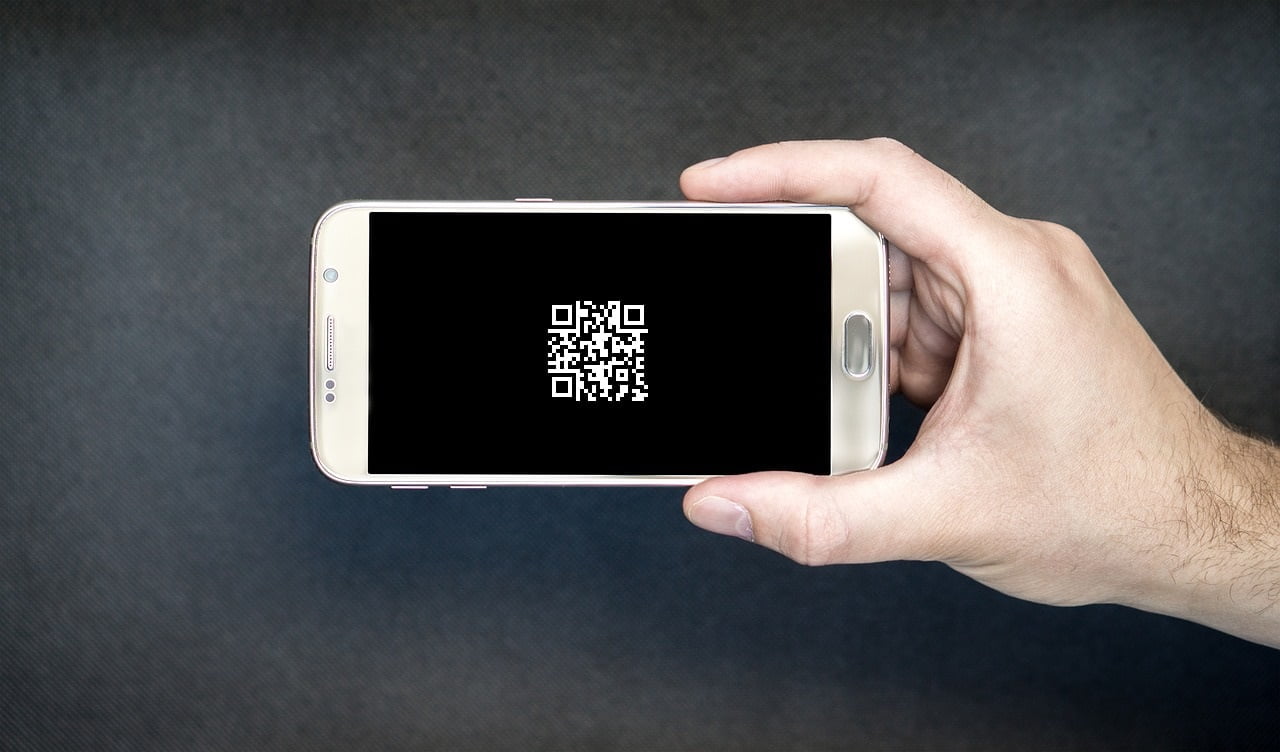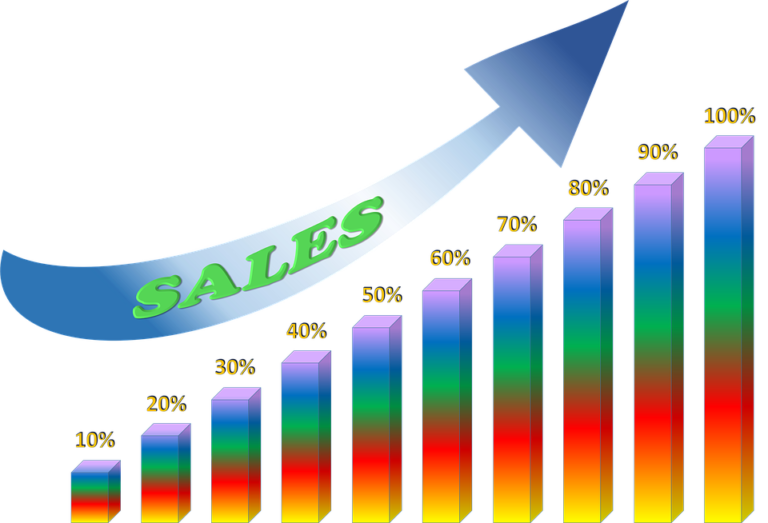Leveraging Technology in Pharma
I am not easily impressed by technology. In fact, I am often a contrarian and don’t easily buy into the hype of the “next great thing”. It’s probably a combination of factors.
One being that I started my professional career during the 1980’s and 90’s – a period of time when there was a veritable explosion in new technology. A period of time when technology titans such as Apple, Microsoft, Intel, and Oracle (to name just a few) were born. A time when mainframes were giving way to distributed computing and the internet was coming of age.
Another factor was my increased disillusionment in technology as I saw people needing to serve technology instead of technology serving people. Where I saw very smart people (those with the 50-pound brains) glued to their screens looking at spreadsheets and feeding their ERP beasts data instead of applying their minds to efforts that are more value-add; to the point where they are almost fearful of making a decision unless some system tells them what decision to make.
And lastly, that the arrogance in technology companies habitually, even chronically, oversell and underdeliver on their existing products and promises of their future products – leaving businesses and consumers wanting.
I even thought the following quote was real until I investigated it further; “Since when has the world of computer software design been about what people want? This is a simple question of evolution. The day is quickly coming when every knee will bow down to a silicon fist, and you will all beg your binary gods for mercy.” – Attributed to Bill Gates (but mere whimsical fancy and never actually said) in a “spoof interview” with Pointless Waste of Time (now defunct) on February 21st, 2000. That it rings as true with so many demonstrates its plausibility.
But I recently came across some technology in support of the European Union’s “Falsified Medicines Directive” that was not only remarkable, but very cool – enough to impress me.
Before I get into the technology, let me offer a little background as to the cause and purpose of the EU’s Falsified Medicines Directive.
We place our very lives in the hands of the healthcare system and all of the professionals involved in our care. We seek them to repair injury and cure or manage maladies that might befall us. And we are forced to trust them, their judgement, the care they provide, and their prescriptions – whether a saline solution, topical ointment, or pharmaceutical. In reality, we have no other choice.
But with so much money involved, there are many nefarious individuals who are motivated by greed.
According to a report by the World Health Organization (WHO); “In 2009, 20 million pills, bottles and sachets of counterfeit and illegal medicines were seized in a five-month operation coordinated by the International Criminal Police Organization (Interpol) across China and seven of its south-east Asian neighbors; 33 people were arrested and 100 retail outlets closed.”
And in another report by the WHO; “An estimated 1 in 10 medical products circulating in low- and middle-income countries is either substandard or falsified.”
These kinds of numbers would keep me up at night if I were being treated – especially if my quality of life (or my life itself) depended on my using medical products. And if it doesn’t keep you up at night, it should.
But how can we ensure the medical products – including pharmaceuticals – that we are buying and ingesting are the real-deal? Or, if they are the real deal, that they have not been tampered with, expired or been recalled?
The European Union’s Falsified Medicines Directive aims to ensure the providence and quality of the medical products we use – that their origin and distribution is validated and that quality standards are met at the point of use.
I was introduced to the technology at a dinner with an executive of a pharmaceutical company here in Germany.

He had purchased some over the counter pain medication from a pharmacy that his company happened to make.
He proceeded to show me the barcode (QR Code) on the side of the packaging. He told me that the pharmacist could scan the code and provide the entire providence of the product was available; that it was the product he expected, when and where it was manufactured, its distribution history, and status (that it was not expired or subject to recall). It’s not too much a stretch to think an app could be created that would put this power in the hands of the consumer.
Not just to the batch, but right down to the very package he had purchased.
Can you imagine the benefit of knowing the products upon which your very life might depend are true and dependable? That, as a consumer, we don’t have to trust that what we are being given is true and dependable, but that we can see for ourselves?He proceeded to tell me the technology could be applied down to the dosage unit in a blister pack, or to a package of saline solution, or to a prosthetic – darn near everything. Very cool.
I told my cousin, a pharmacist in the United States, about this technology and whether it was available and in use there. He had not heard of it but decided to test it on some of the pharmaceuticals in his pharmacy.
Even though the pharmaceuticals he tested had QR Codes on them, nothing but the product item identification was on it. A search for similar directives in the United States yielded nothing about implementing a solution or addressing the problem – only that the problem exists.
The FDA does have a series of web pages dedicated to thwarting counterfeit medical products, but all of them involve a lot of manual validations – none of which are integrated – and require a lot of trust. There is no “system”. Even the FDA’s page that claims the “FDA Leads Effort to Create a Supply Chain Security Toolkit for Medical Products” is uninspiring – and the “Supply Chain Security Toolkit for Medical Products” contained therein is not toolkit at all, but merely a series of manual efforts that can take place help ensure the integrity of the supply chain.

The technology exists today. They are implemented in the European Union. Why has this technology been implemented in the United States?
Some might claim this will add an undo burden and additional costs. To that, I call bullshit.
The manufacturers are already using QR Codes to manage their inventory. Every product that is packaged has some type of barcode on it already. It is used for storing, shipping, receiving. What would it cost to add serialization to the barcode and feed a database someplace (perhaps at the FDA?) with the production, movement, and consumption information?
How much money might be saved at the consumer level from ensuring the products being consumed are real and trustworthy? How much more money might pharmaceutical companies make from the sale of additional products that are real?
According to the Organization for Economic Co-operation and Development (OECD), the United States has the most expensive healthcare system – whether measured is cost per person (per capita) or as a percent of Gross Domestic Product (GDP) in the world, yet generated some of the poorest results.
The United States is both the economic and technological leader of the world. That we don’t do better when it comes to healthcare is not only an embarrassment, it’s shameful.
Serializing medical products is a no-brainer – everyone wins. Just do it.
By Joseph Paris
Paris is the Founder and Chairman of the XONITEK Group of Companies; an international management consultancy firm specializing in all disciplines related to Operational Excellence, the continuous and deliberate improvement of company performance AND the circumstances of those who work there – to pursue “Operational Excellence by Design” and not by coincidence.
He is also the Founder of the Operational Excellence Society, with hundreds of members and several Chapters located around the world, as well as the Owner of the Operational Excellence Group on Linked-In, with over 60,000 members. Connect with him on LinkedIn or find out more about him here: www.JosephParis.me/card







